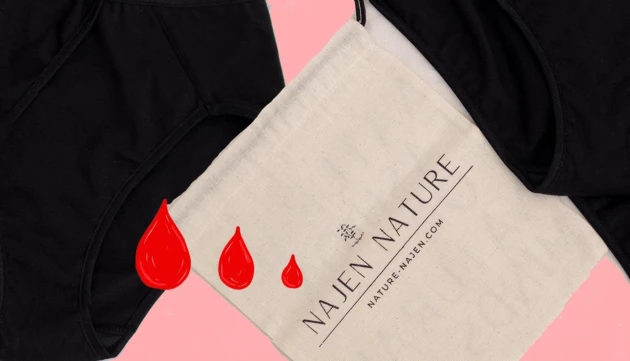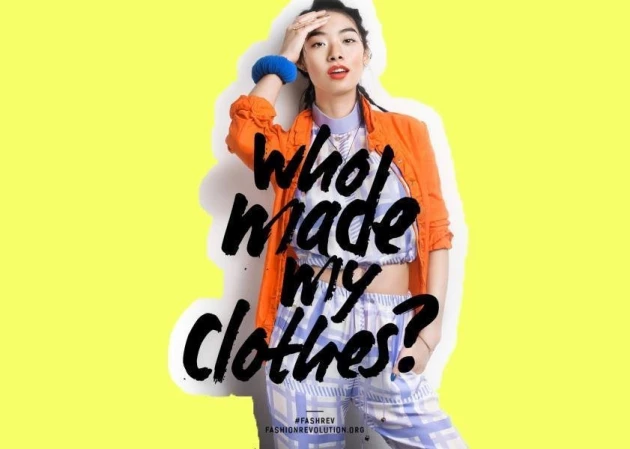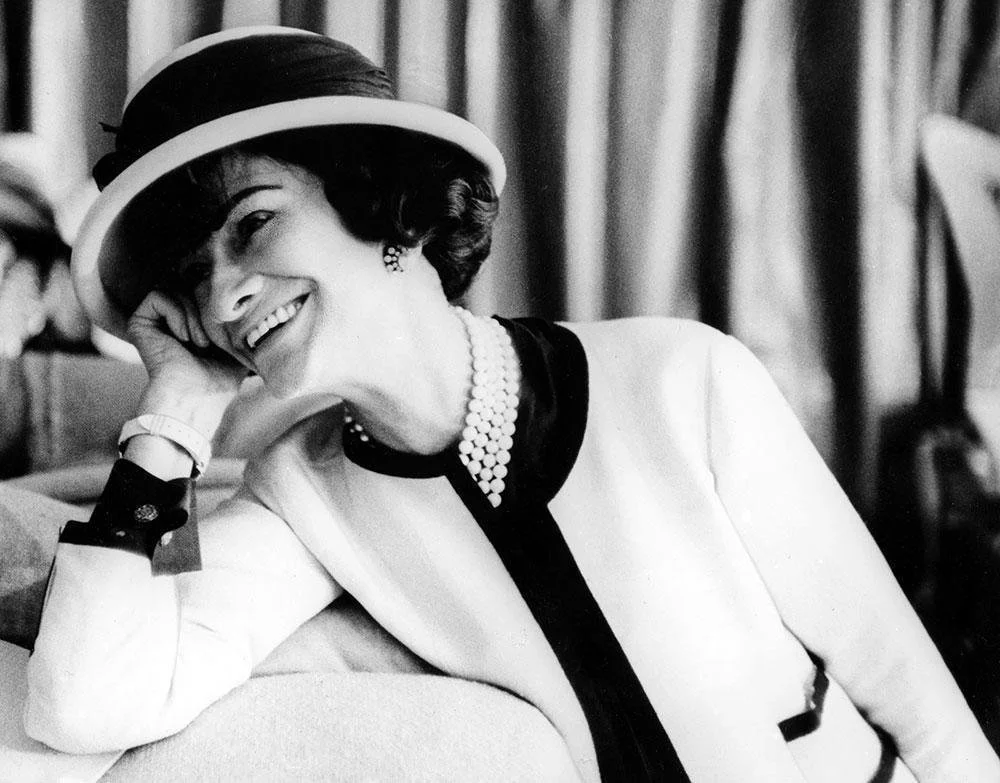
We celebrate the difference
How Coco Chanel changed fashion?
5 min read — May 17, 2019
Coco Chanel is more than just a fashion designer. She is a legendary woman who contributed to the evolution of fashion and liberated the woman of the 20th century. She was rebellious and she never gave up on her beliefs no matter how hard her situation was. Her remarkable pieces were often conceived for a certain reason.
Coco Chanel in her Paris atelier was captured by Mark Shaw for LIFE Magazine in 1957.
We still need to always remind ourselves and remind you guys how this fighter broke the restrictive rules of "la belle époque" era and imposed hers. Coco Chanel was an influential fashion designer and women's icon of the century as she revolutionized women’s fashion in the early 20s and created a long-lasting legacy.
She was the first to refuse corsets and searched or let's say "invented" clothes that would fit the contrasted silhouette she is very known for pioneering. She mixed masculinity and femininity to create something entirely new.
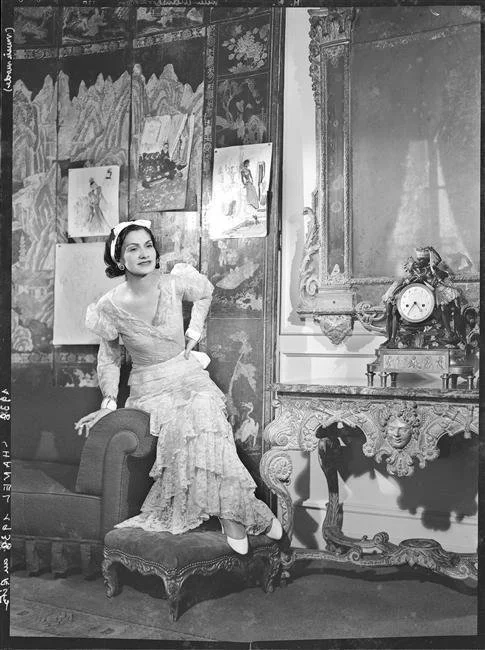 Coco Chanel in her apartment at the Ritz
Coco Chanel in her apartment at the Ritz “I make fashion that women can live in, breathe in, feel comfortable in, and look younger in,” she said.
In 1883, when Coco Chanel was born, women were not very appreciated and respected as they should be and were seen as "The weaker sex". Coco wanted to change the stereotypes of women's fashion, and she did. And that was a big step that changed and empowered women back then and helped them to break the barriers when it comes to fashion.
Let's look at some of the ways in which the non-conformist, legendary designer was such a pioneer.
1 - The Little Black Dress
Before Coco’s reinvention of the black dress in crèpe de chine, the color was exclusively reserved for the act of mourning. Coco Chanel, the rebellious lady, was so not convinced by bright colors like green and red that she decided to change the trend. In 1926, the little black dress, introduced by Coco Chanel, was instantly claimed by Vogue Editors as Chanel’s “Ford moment” and labeled it as a “frock that all the world would wear”. The point of Coco through this dress is to liberate women of the Victorian era from the dresses that were suffocating them and so letting them feel comfortable and elegant in it.
The dress is revolutionary for both its striking silhouette and dark tone. She made black a color that could be worn every day.
We found an anecdote that happened between Coco and Paul Poiret who “scoffed at Chanel in the street, mockingly asking her, “What are you in mourning for, Mademoiselle?” The quick-witted designer responded, “For you, dear Monsieur.”
2- The introduction of Jersey
Hopefully, she did it. While it was uniquely reserved for men’s underwear, Coco was intrigued by this inexpensive fabric and saw a potential for womenswear. When she opened her first shop in Paris, many of her clothes were made in Jersey. At first, her clients who were used to luxurious materials were shocked by her choice of this garment. She targeted women with an active lifestyle who were liberated after WW1. Prior to her use of jersey, the material was used to make men’s underwear and sportswear.
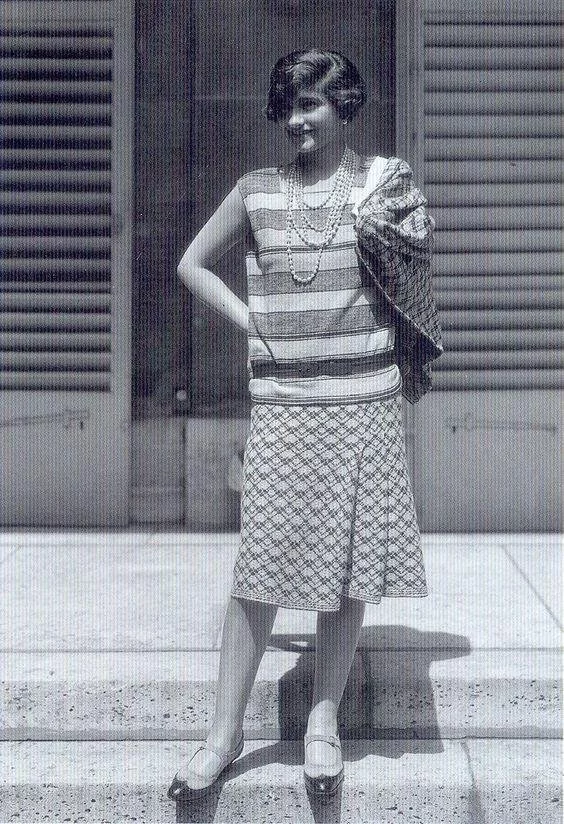
What is jersey fabric?
"Jersey fabrics are knitted rather than woven, the right side of the fabric shows a knit stitch and the wrong side shows a purl stitch. They have a varying amount of stretch and can be very soft and drapey like our viscose jerseys, through to more structured jerseys such as double jersey which is easy to sew with. Knitted jerseys are suitable for tops, dresses, skirts, wrap garments and patterns that require all-way stretch fabrics".
3 - Chanel no. 5 Perfume
In 1921, Chanel No. 5 was introduced as the first perfume with an artificial scent using synthetic compounds rather than essential oils unlike the perfumes of the era. She was the first designer that actually named her fragrance after something other than the house name. Before the launch of this perfume, Coco Chanel met the Russian émigré, Grand Duke Dmitri Pavlovich who introduced her to a Russian perfumer, Ernest Beaux.
Chanel No. 5 - In 1921, Coco Chanel asked perfumer Ernest Beaux to create something that "smells like the woman."Between ten perfumes that were imagined specifically for Coco, one had to be selected. She was seduced by sample No. 5, which was her lucky number. Back to that time, coco was always repeating this: “I always launch my collection on the 5th day of the 5th month, so the number 5 seems to bring me luck – therefore, I will name it No. 5.”

4 - The Breton Top
After a trip to the French Riviera, Coco Chanel was so inspired by the sailors’ uniform that she used the stripes for her 1917 nautical collection. Since then the sailor top has become one of the most stylish items in the world, worn and adored by many of the biggest fashion icons in history such as Brigitte Bardot, Audrey Hepburn, Jane Birkin, and Alexa Chung. Origin of sailor top: “Designed for functional purposes, the traditional cream and blue ‘La Mariniere’ became the official uniform of navy seamen in Brittany after the 1858 Act of France”.
5 - The Chanel Suit
When WW1 started, thousands of men had to fight during the war so women had to take their places in the workforce. It was a challenging opportunity for Coco Chanel to develop practical and chic clothing for the new active women. She introduced what became known as the classic Chanel suit: a collarless cardigan jacket with tight-fitting sleeves, braid trim, and embellished gold-colored metallic buttons matched with a long knee skirt.
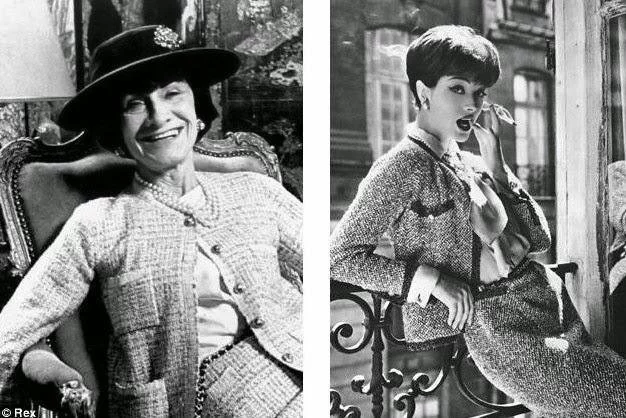
Her invention reflected a contrast by creating something both practical and feminine. She kind of liberated women of la belle epoque. Coco's main inspiration source was obviously menswear and she even wore her boyfriend’s clothing and that’s how she was convinced by the fabric's beauty and its comfort.
The Chanel buckled tweed jacket is one of fashion’s most elegant and most remarkable pieces in fashion history.

